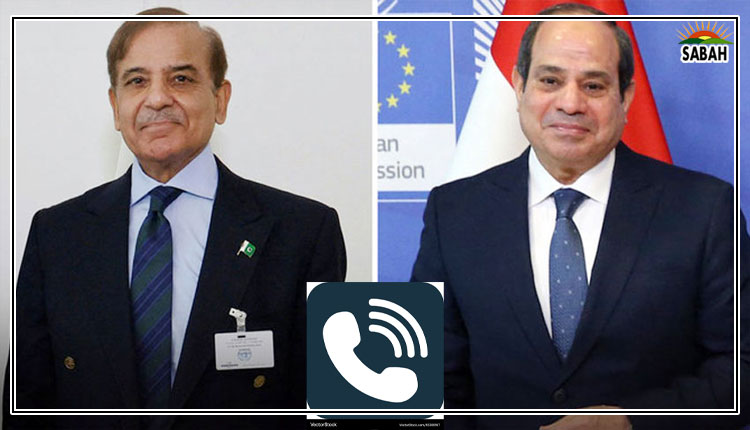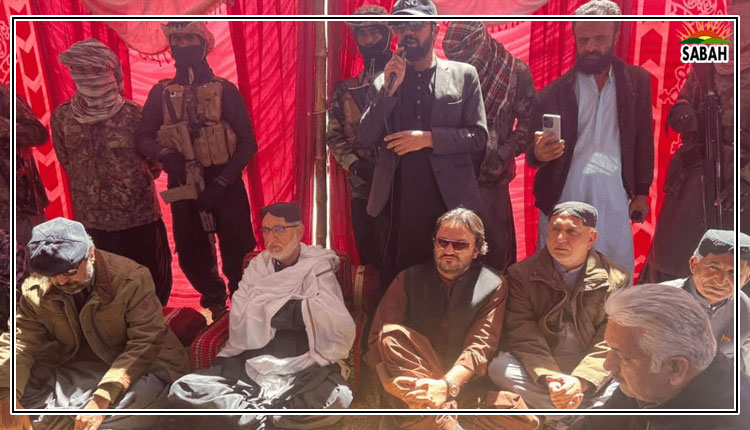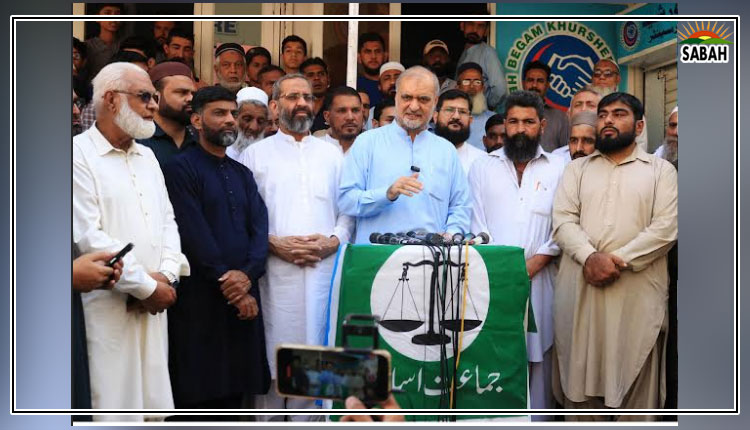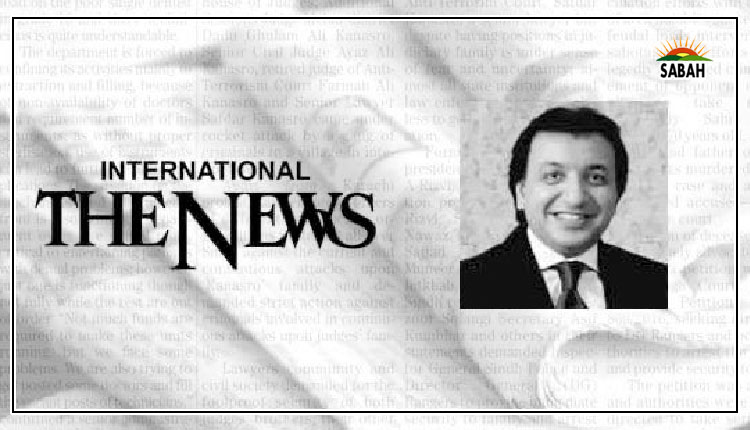Reorienting Budget 2024-25 …. Dr Khaqan Hassan Najeeb
THE CONTEXT: Budget 2024-25 is being presented at a time when things are tough for millions of citizens. Exhausting inflation in fiscal years (FYs) 23 and 24, has eroded 40 per cent of their buying power. Spending on energy, basics like drinking water, two square meals, and clothing is hard to afford for many. Growth in the two FYs was modest, at just 2.1 per cent. It has hardly created the jobs needed for the two million youth entering the workforce each year.
The unfortunate reality for Budget 25 is the high fiscal deficits in FY23 (7.6 per cent) and FY24 (7.4 per cent) fueling government borrowings, inflation, and debt. The revenue side of past budgets has relied on indirect taxation and complex tax policies. The expenditure side has been equally challenging, with us shying away from curtailing its growth. Ironically, the expenditure reforms have been in the design incubator for many past governments. The above is an uneasy context.
The federal fiscal framework is impaired. The funds remaining in the federal kitty after transferring 57.5 per cent of federal revenues to provinces are barely enough to pay for markup and debt expenses of Rs9,775 billion in the proposed Budget 25. Everything else is paid for by borrowed funds.
THE REVISIONS: In Budget 25, an increase of 1.7 per cent of GDP (Rs3,718 billion) is aimed at taking the federal tax-to-GDP ratio to 10.4 per cent. Tax measures have tried to move more around soft options to achieve the Rs2,000 billion new tax burden on the economy. The rest of Rs1,718 billion comes from autonomous growth and past dues. Over 50 per cent of the overall tax increase is to be generated from indirect revenues highlighting the regressive leaning of Budget 25.
Budget 25 passes part of the burden on the existing taxpayers. It plugs general sales tax (GST) exemptions. But it does not lower the overall GST. It targets tax gaps at some level. Budget 25 reneges on the expenditure side, quoting the need for more work. This framework will not alter the ship’s course but will do the usual – keep us afloat.
The authorities’ argument for appeasing the International Monetary Fund (IMF) is less convincing to those familiar with the mechanics of the rendezvous with the Fund. Having helped the country secure and complete the only Extended Fund Facility, one can say with conviction that the programme design depends on the strength and hard work of the home team.
So how do we proceed with reorienting Budget 25? Authorities have promised to act on expenditure reforms once a new committee gives its recommendations in the coming months. However, there is still room for adjustments in the current and the development expenditure of Budget 25.
The path of policy rate reduction can be reconsidered given the drop in inflation. This will allow us to recalculate downwards the budgeted markup expense for FY25. Further, on the expenditure side, a deeper dive into the Rs1,363 billion general subsidy – 28 per cent higher than the last budget – may help cut this spending.
Authorities have done well on development spending. They have allocated 81 per cent of the money for ongoing projects with suitable sectoral allocations. But how about not starting any new projects and saving the 19 per cent being set aside for them in Budget 25? This should give the authorities room to slash Rs266 billion in development spending. These are the wise choices.
The two revenue spinners in Budget 25 include increases in GST and changes in personal income tax (PIT). Both have room for reflection to ease the burden on low and middle-income earners. PIT changes can be accompanied by raising the Rs50,000 monthly tax-free threshold limit to Rs75,000. On the GST, phasing the incidence on dairy products, poultry feed, stationery, medicines, medical equipment, tractors, low-price mobile phones, and newsprint may be considered. The budget proposal to increase GST on Point of sales (POS) to 18 per cent, also needs a rethink to incentivize POS integration.
A rather unclear measure is the increase in the tax rate of the non-salaried income to 45 per cent and those earning above Rs500 million to 55 per cent. This measure may inordinately burden and disincentivize the formalization of small and medium businesses. They make up nearly 80 per cent of the total entities in the country. This proposal can be reviewed.
For retailers and wholesalers, there is an increase in advance tax. However, more can be done for mandatory registration to gain substantial income. All special dispensations come to an end at some point in life – something for our exporters to realize. Our neighbors have done the same with some incentives. Given external sector vulnerabilities, authorities may have to do so in a phased manner if push comes to shove.
Provinces have to be nudged to do away with taxing agricultural income at lower rates to increase their collection from the paltry Rs9.5 billion for FY25. There is some good movement on taxing property by withdrawing the capital gains tax exemption beyond the holding period.
Some new thoughts are possible on pro-poor interventions like new schemes of transfer of assets to get people to earn instead of relying on state funds. Income support spending has risen modestly, despite an increase in poverty rates. There may be some room for upward revision.
Above is a menu for rationalizing expenditures, revising revenue measures, and clearing procedural anomalies to strengthen Budget 25. Alongside these, drawing a well-thought-out strategy can convince the IMF folks. This effort can keep the country chugging along – but it remains short of people’s aspirations.
WAY FORWARD: I say this with a heavy heart. At times, the safety cover of an IMF engagement let’s country authorities avoid hard fiscal reforms. Pakistan needs a visionary B-document. One that is prepared by serious economic thinkers bringing in the much-needed buy-in of the stakeholders, and which lures investment, lowers inflation, and provides real relief by helping create employment.
A B-document that does the heavy lifting. It exploits the tremendous potential of broadening the tax base progressively by mining the big data of 35 million bank accounts, NADRA, the stock market, travel, and utility bills. It seems it’s less about digitalization and more about the needed data scientists at this stage.
A B-document that structures a fair, credible, and citizen-centric fiscal framework. Pakistan’s nest of tax reforms is a path of horizontal and vertical equity, and tax simplification by doing away with many import and withholding taxes. It’s about creating harmonization by levying indirect tax in VAT mode.
Property tax on vacant urban private land can discourage its non-use. Agriculture tax needs to be classified as a federal subject. All this effort should allow us to rationalize the corporate and other tax rates once enough new resources are in the kitty through broadening.
Future markup payments as estimated by the IMF folks are elevated at nearly Rs9,200 billion annually for the next four fiscal years. A B-document ought to restore Pakistan’s public debt sustainability, through debt recycling, reprofiling, and restructuring.
We are holding our breath for the crucial expenditure reforms, including a dialogue on the NFC and provincial surplus, pensions makeover, targeted subsidies, and public financial management reforms. Transformative interventions are the route to our solvency. Meaningful changes are only likely through people with domain knowledge, holding key positions – the real challenge to be overcome by Pakistan.
The writer is former adviser, Ministry of Finance. He tweets @KhaqanNajeeb and can be reached at: khaqanhnajeeb@gmail.com
Courtesy The News












